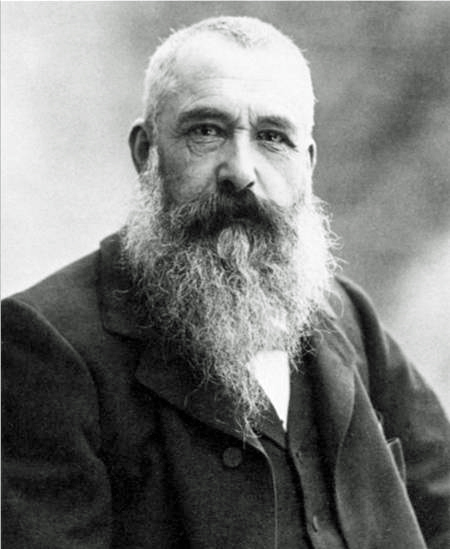 Édouard Manet |
Baudelaire and the Impressionist Revolution |
 Claude Monet |
|
|
Pierre-Auguste Renoir (1841-1919)
Self Portrait of Pierre-Auguste Renoir - 1875
The French painter, Pierre-Auguste Renoir, was one of the original group of Impressionist artists who gathered around Edouard Manet in Paris, during the 1860s. Renoir's early paintings were mainstream Impressionist works that depicted moments of modern life that were filled with brilliant colors and light. His greatest Impressionist work is probably the Ball at the Moulin de la Galette (see below), which he completed in 1876 and exhibited at the Third Impressionist Exhibition in 1877. However, by 1886, he had drifted away from the movement and began to do portraits and figure paintings, particularly of women, using more disciplined and formal techniques. In my opinion, Renoir is the second greatest Impressionist artist - just behind Edouard Manet! Renoir's subjects: pretty children, flowers, beautiful landscapes, and lovely women, have an instant and direct appeal. He was fond of saying: "Why shouldn't art be pretty? There are enough unpleasant things in the world." One of his sons was the celebrated film director, Jean Renoir (1894-1979), who wrote a lively and touching biography, in 1962, entitled Renoir My Father.
Ball at the Moulin de la Galette (1876)
Pierre-Auguste Renoir completed this oil painting, entitled Ball at the Moulin de la Galette, in 1876. The painting measures about 28 X 20 inches and was shown at the Third Impressionist Exhibition in 1877. Gustave Caillebotte liked this painting so well that he purchased it. In 1894, it became part of the Caillebotte Bequest and was one of the painting accepted by the French government. Today it is on display at the Musee d'Orsay in Paris. Georges Rivière, a friend of Renoir and a senior civil servant, described the painting as: “A page of history, a precious monument of Parisian life of a rigorous accuracy." Accordingly, Renoir portrays the picturesque and festive atmosphere of a dance on the Butte Montmartre, at the foot of the mill (moulin). Like other impressionist painters, he described the leisure activities of French society by democratically mingling both petite bourgeois and working class elements. A public ball or dance looks innocent to us today, but in 1876, the political authorities still supported a conservative Roman Catholic moral order that was hostile to public dances. Therefore, Renoir's painting was considered controversial. However, to the Paris intelligentsia, dancing at the Moulin de la Galette symbolized the spirit of the “new classes” who were now rising to prominence in the Third Republic.
|
|
|